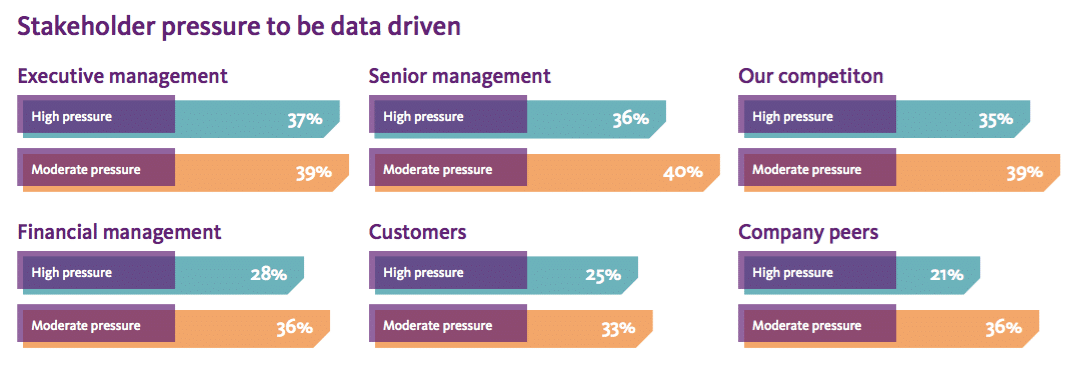While brands face pressure to be data-driven—and indeed, 79 percent place a high priority on personalization—new research reveals they are still struggling to manage and mine customer data to both inform customer experience strategies and deliver on the promise of personalization. As a result, customers say many brands are, in fact, providing “bad personalization”—which, upon deeper analysis, isn’t really personalization at all.
A new report from experience management software firm Sitecore, in partnership with Vanson Bourne, analyzed responses from 6,800 consumers and 680 marketing and IT decision makers to understand how brands are managing the data they collect from consumers, securing and analyzing it, and using it to deliver a more personalized customer experience. The research, conducted in 14 countries, also examined consumer comfort with sharing data, their expectations of the experiences brands provide them as a result, and their thoughts on personalization.
An overwhelming 96 percent of consumer respondents believe that there is such a thing as bad personalization, and they cite as examples brands using out-of-date information about them (59 percent), brands that get personal customer details wrong (57 percent), and brands making assumptions about what consumers want based on single interactions (54 percent).
Data overload is obstructing progress
For brands, poorly personalized experiences are often the result of an overwhelming amount of data and the complexities that arise around managing it. On average, brands say they’re collecting eight different types of data about online customers, ranging from transactional details to behavioral insights and trends. Yet around a third (31 percent) of brand respondents point to a lack of skills needed to properly use or analyze the data collected, and 42 percent don’t have the capabilities to integrate data collection. Only 12 percent have the ability to collect online data on an individual (vs. consumer segment) level.
“Customers are openly providing insight for brands to understand their wants and needs, but brands are struggling to follow through on their end of the deal,” said Scott Anderson, CMO of Sitecore, in a news release. “The level of expectation that today’s consumer has, coupled with the level of dissatisfaction brand marketers have with the tools and resources available to them, suggests brands must take urgent action to improve their ability to collect, connect, analyze, and act on customer data.”
With pressure from all sides to use data more effectively, many organizations don’t have the appropriate tools and knowledge they need to move forward and meet the expectations of their stakeholders, and more importantly their customers. Without addressing these internal obstacles, brands are missing out on the actionable insights that could enhance the customer’s experience and overall, increase loyalty and sales.
Additional research highlights include:
Customers think brands know more about them then they do
Customer respondents (56 percent) thought brands knew their purchase history more than brand respondents said they were collecting (47 percent).
Many brands struggle with existing analytics solutions
Only 12 percent have the ability to collect online data at an individual level, and though 65 percent of brands report using digital analytics software, more than half (53 percent) say they’re not completely satisfied with their current solution.
Brands crave more insight about their customers
When asked what they most want in a customer intelligence solution, over three in five brands (61 percent) indicate the ability to view customers on an individual level, more than half (55 percent) want real-time insights into customer behavior, and more than a third (37 percent) want to be able to integrate customer data across the channels in which they receive it.
Contextual Intelligence research commissioned by Sitecore and conducted by Vanson Bourne from February 2017 to April 2017, consisted of interviews with 680 marketing and IT decision makers and 6,800 customers across 14 countries.









